Get an azelaic acid prescription
![]() Response time: 1-2 working days
Response time: 1-2 working days
- Board-certified dermatologists
- Free choice of pharmacy (tube vs compounded)
- No expensive medication subscriptions
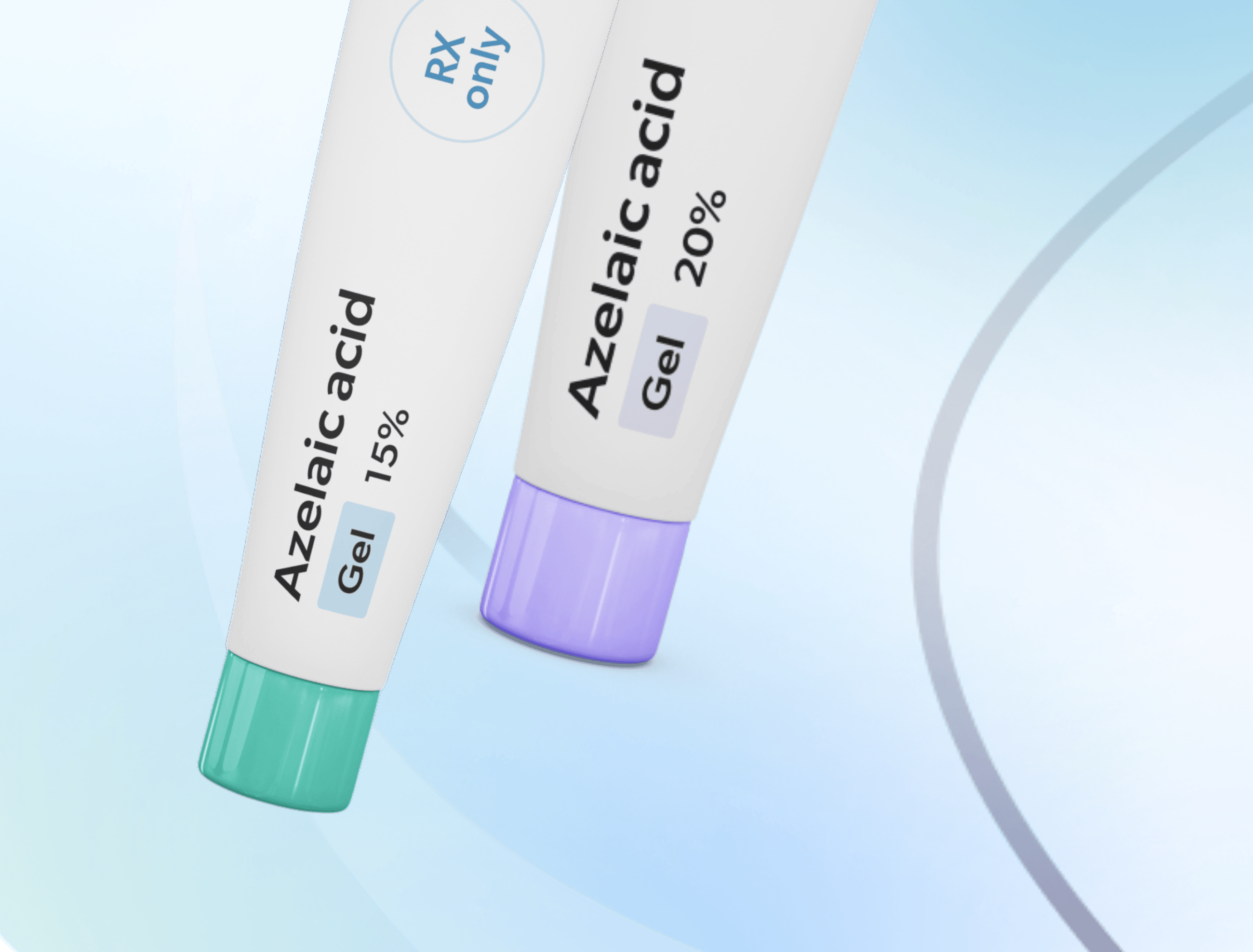

What is azelaic acid and what is it used for?
Azelaic acid is used for the treatment of mild to moderately inflamed acne and mild to moderate rosacea and hyperpigmentation and it is available as a cream, gel and foam1.
The Azelaic acid gel and foam forms are used to alleviate the bumps, lesions, and swelling induced by rosacea—a skin condition marked by facial redness, flushing, and pimples.
The azelaic acid cream is formulated to address the pimples and swelling associated with acne.
Benefits of Azelaic Acid

Anti-inflammatory properties

Regulates sebum production

Antibacterial effects

Suitable for sensitive skin
Your dermatologist, your formula
Through Miiskin, board-certified dermatologists may prescribe personalized compounded skincare solutions, tailored with up to 5 active ingredients.
Patients can discuss a variety of ingredient options with their dermatologist to decide what is right for them.
No subscriptions. No hidden charges. You pay only when you receive treatment.
Important Disclaimer: Compounded medications are not reviewed by the FDA for safety or efficacy.

How to get azelaic acid online?
Do you need a prescription to buy azelaic acid?
It depends. You can buy azelaic acid creams and gels in low concentrations (less than 10%) but if you want to buy azelaic acid in 15% or 20% you definitely need a prescription from a dermatologist.
How to get an azelaic acid prescription online?
To get an online azelaic acid prescription, you can have a consultation with a board-certified dermatologist through Miiskin. If it’s medically appropriate for you, they will send a digital prescription to your preferred local or online pharmacy and you can then buy your azelaic acid right away at an affordable price.
What is the price for an online consultation to get an azelaic acid prescription?
To request or renew an azelaic acid online prescription, there is a consultation fee of approx. $59 for new patients and around $30 for for prescription renewals. Ask your doctor to give you a prescription for a generic medication, if interested.
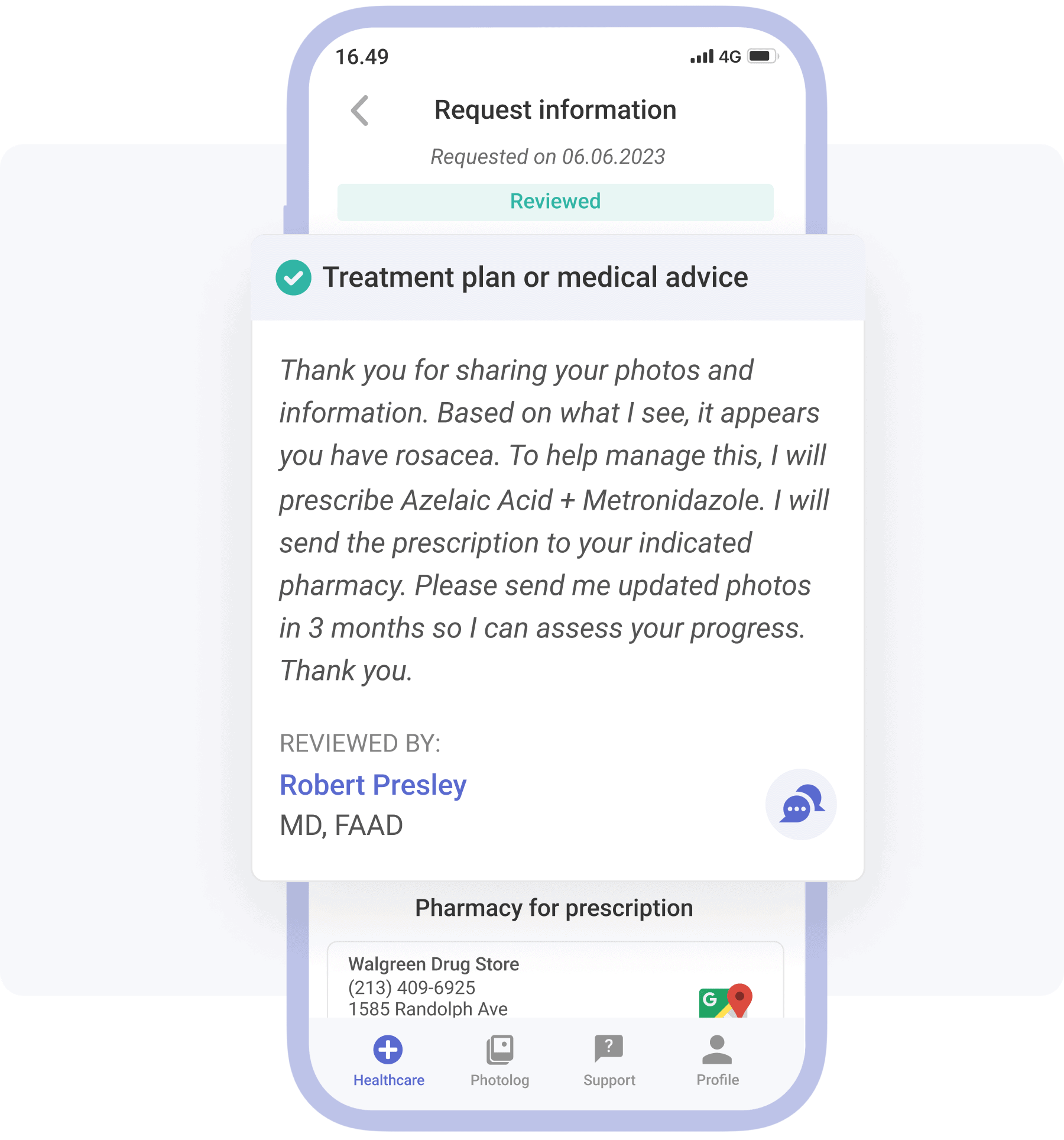
Get an Azelaic acid prescription via Miiskin
- Select “Start consultation” to sign up.
- Fill out the consultation form and take photos of your skin.
- An independent dermatologist will prescribe Azelaic acid to you, if medically appropriate.
- Buy Azelaic acid affordably from the pharmacy of your choice.
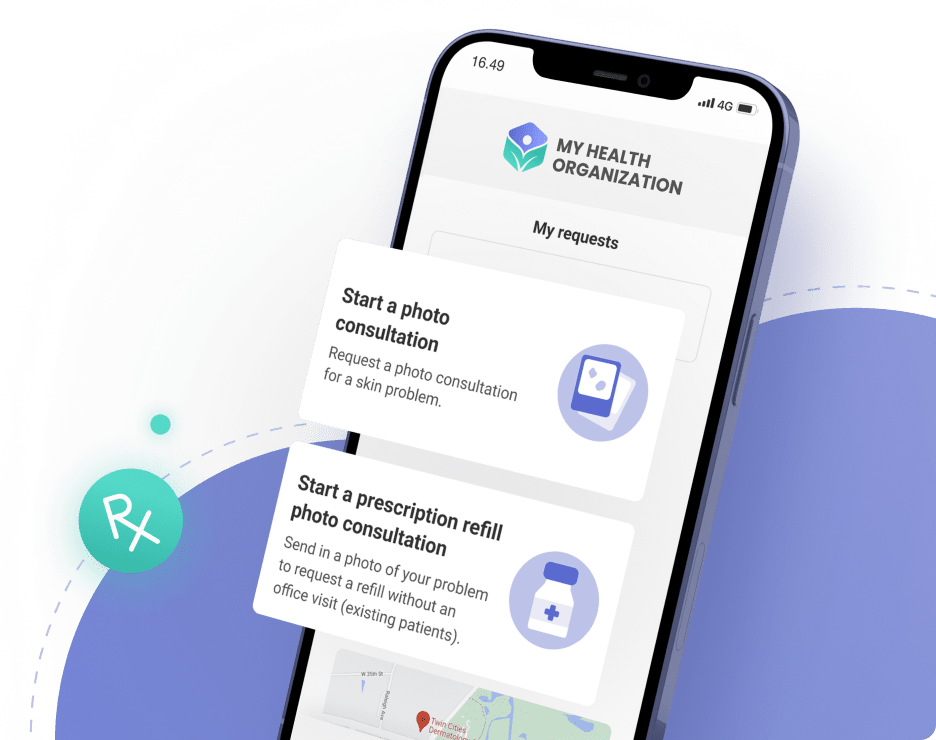

Process to getting a prescription for Azelaic acid online
You will connect with a dermatologist via an online consultation. Upon reviewing your case, if the dermatologist determines that azelaic acid cream is safe and appropriate for you, they will issue a prescription to the pharmacy of your choosing.
Azelaic acid explained
How do azelaic acid creams and gels work?
Azelaic acid creams work by addressing multiple skin issues, making them effective for conditions like acne, rosacea, and hyperpigmentation. They help reduce acne-causing bacteria on the skin, while their anti-inflammatory properties calm redness and swelling, which is especially beneficial for sensitive skin.
Azelaic acid also encourages cell turnover and gently exfoliates, helping to clear existing acne and prevent future breakouts. Additionally, it reduces melanin production, gradually fading dark spots and evening out skin tone. Overall, azelaic acid is a gentle yet effective treatment option for improving acne and discoloration across various skin types.

Common Azelaic acid strengths
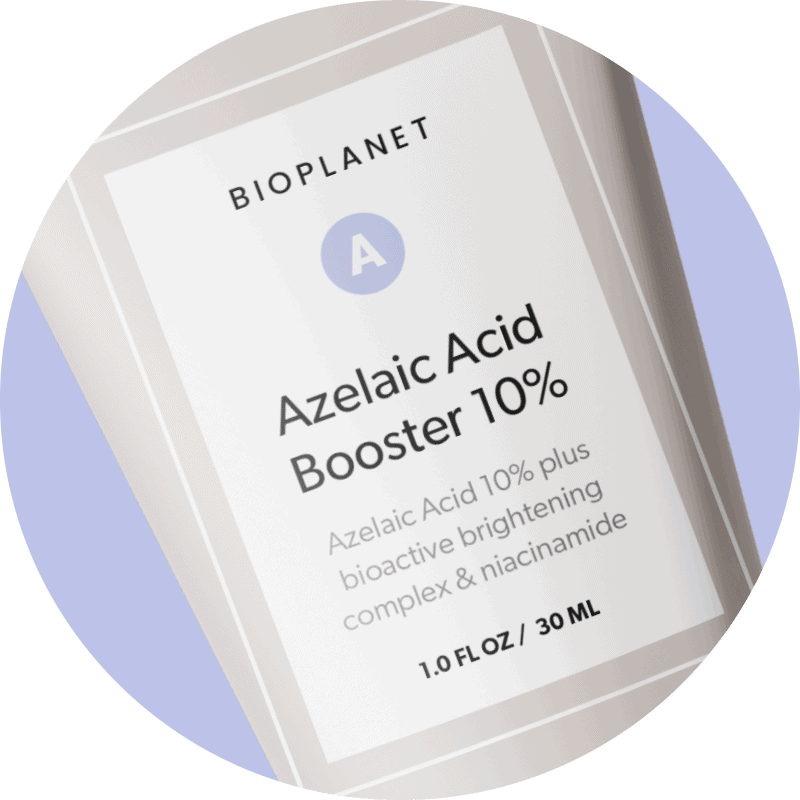
Azelaic Acid 10%
Azelaic acid 10% concentration is mild and often found in over-the-counter products. This strength is suitable for those with sensitive skin or people new to azelaic acid, as it allows for gentle treatment of concerns like mild acne, redness, and uneven skin tone with minimal risk of irritation. It’s often recommended for everyday maintenance of clear and balanced skin.
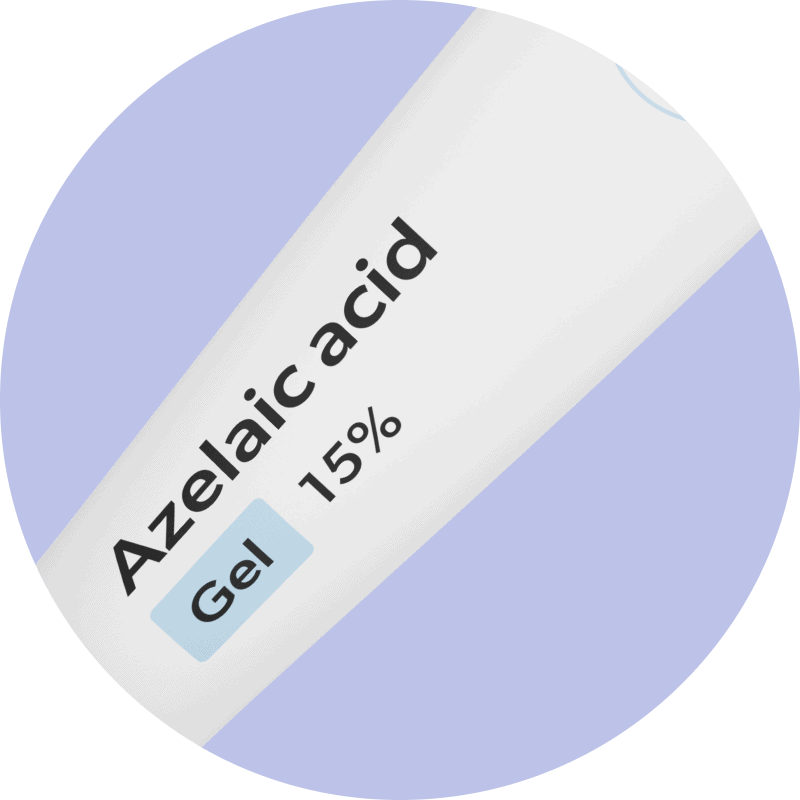
Azelaic Acid 15%
Azelaic acid 15% provides a moderate-strength option, commonly prescribed to address moderate acne, rosacea, and noticeable pigmentation issues. This concentration works faster than azelaic acid 10% formulations, delivering more visible results while remaining suitable for regular use. Although it may cause mild dryness or tingling, these effects are usually manageable with proper moisturization.
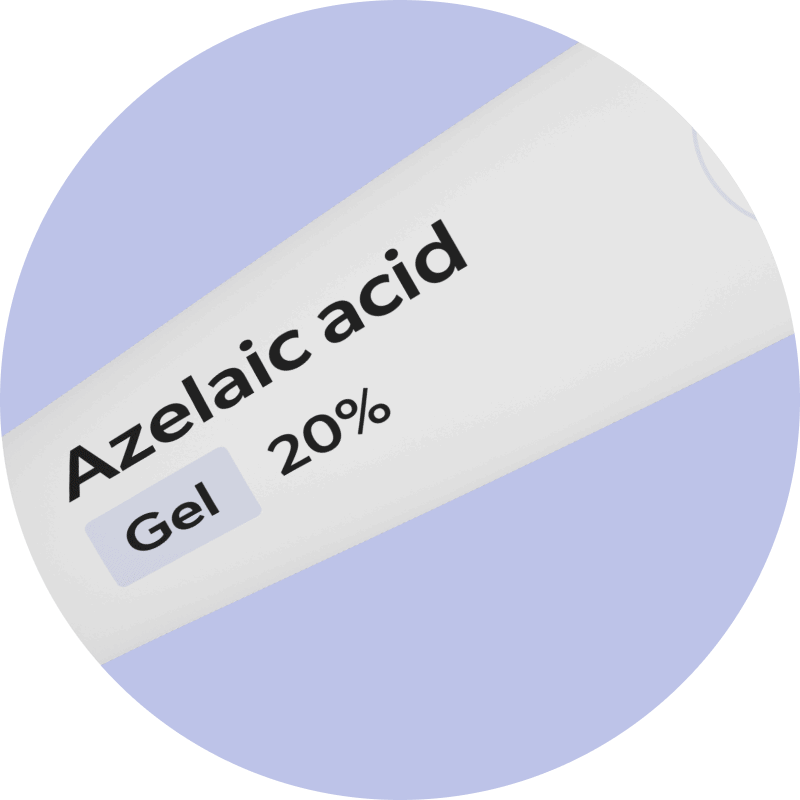
Azelaic Acid 20%
Azelaic acid 20% is a high-strength formulation, typically used for more stubborn skin concerns, such as persistent acne, prominent hyperpigmentation, or more severe rosacea. This prescription-strength concentration is powerful in reducing bacteria and fading dark spots, making it ideal for individuals with challenging skin concerns. While it can cause side effects like dryness or irritation, these are generally manageable with careful application and guidance from a healthcare provider.
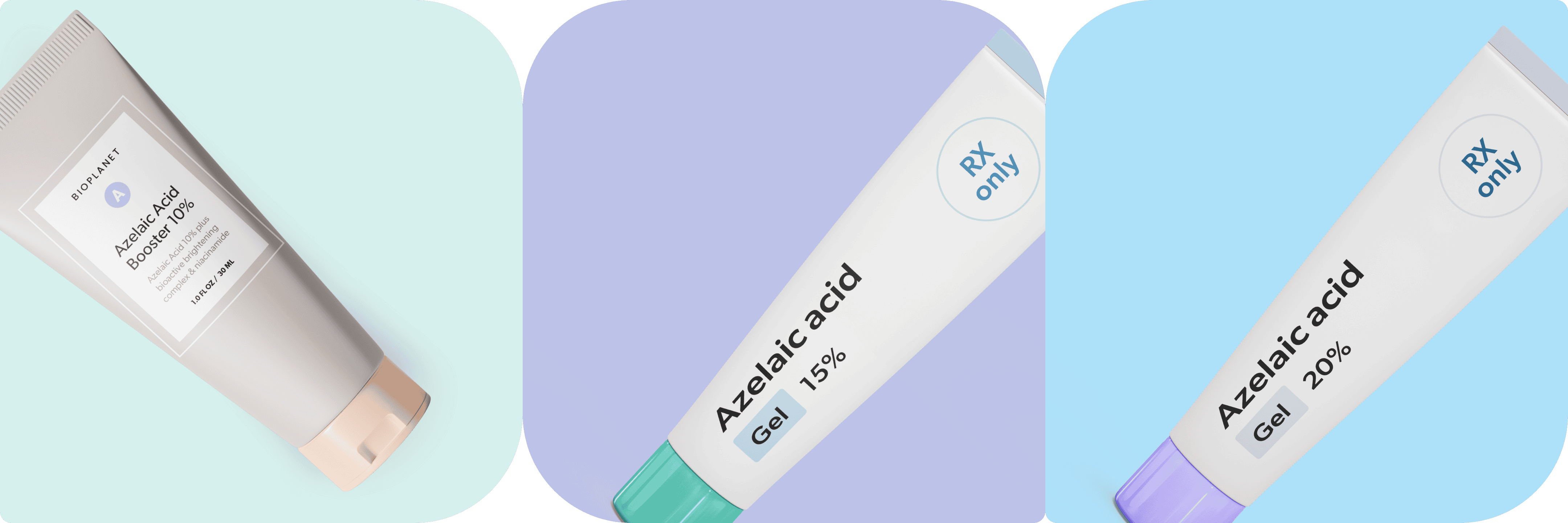
Warnings and Side Effects
Precautions when using azelaic acid
Azelaic acid can have a lightening effect on skin tone, so individuals with darker skin tones are advised to use it with caution.
This medication is generally safe for use during pregnancy and breastfeeding2, though it may cause allergic reactions in some cases. If you experience symptoms like skin itching, difficulty breathing, or swelling similar to hives, seek medical attention immediately.
Be attentive to any side effects that may arise. If your rosacea does not improve within 12 weeks, or if symptoms worsen, consult your healthcare provider. Azelaic acid is versatile and pairs well with other active ingredients. To learn more about using azelaic acid in combination with tretinoin, check out our article, How to use tretinoin and azelaic acid together?
Side effects of azelaic acid
- Dryness
- Redness
- Peeling
- Skin irritation
- Burning
- Stinging3
What ingredients can be combined with azelaic acid?
![]() Sunscreen SPF 50
Sunscreen SPF 50
![]() Hyaluronic acid
Hyaluronic acid
![]() Non-greasy moisturizer
Non-greasy moisturizer
![]() Azelaic acid
Azelaic acid
![]() Niacinamide
Niacinamide
![]() Peptides
Peptides
![]() Ceramides
Ceramides
Which ingredients can be used with azelaic acid under medical supervision?
- Tretinoin
- Tazarotene
- Trifarotene
- Adapalene
- Benzoyl peroxide
- Glycolic acid
- Lactic acid
- Salicylic acid
Provider & Prescription Information
Miiskin connects patients with independent dermatologists who provide care through their own private practices. Miiskin does not employ dermatologists and does not sell or distribute medications. Any prescriptions issued by the dermatologists can be filled at third-party pharmacies that are able to receive ePrescriptions.
References:
1https://www.ncbi.nlm.nih.gov/books/NBK557478/
2https://www.ncbi.nlm.nih.gov/pmc/articles/PMC9112391/
3https://www.ncbi.nlm.nih.gov/books/NBK557478/
4https://www.ncbi.nlm.nih.gov/books/NBK557478/
5https://www.ncbi.nlm.nih.gov/pmc/articles/PMC9112391/
6https://www.ncbi.nlm.nih.gov/pmc/articles/PMC9112391/
7https://jamanetwork.com/journals/jamadermatology/article-abstract/553009
8https://www.ncbi.nlm.nih.gov/pmc/articles/PMC5574737/
9https://link.springer.com/article/10.2165/00002512-199506060-00008
10https://www.ncbi.nlm.nih.gov/pmc/articles/PMC3225141/
11https://pubmed.ncbi.nlm.nih.gov/16045694/
12https://www.ncbi.nlm.nih.gov/pmc/articles/PMC3225141/
13https://rarediseases.info.nih.gov/diseases/517/fetal-retinoid-syndrome
14https://pubmed.ncbi.nlm.nih.gov/26897386/
15https://www.ncbi.nlm.nih.gov/pmc/articles/PMC9112391/


 Interested in getting a tretinoin prescription for your acne?
Interested in getting a tretinoin prescription for your acne?